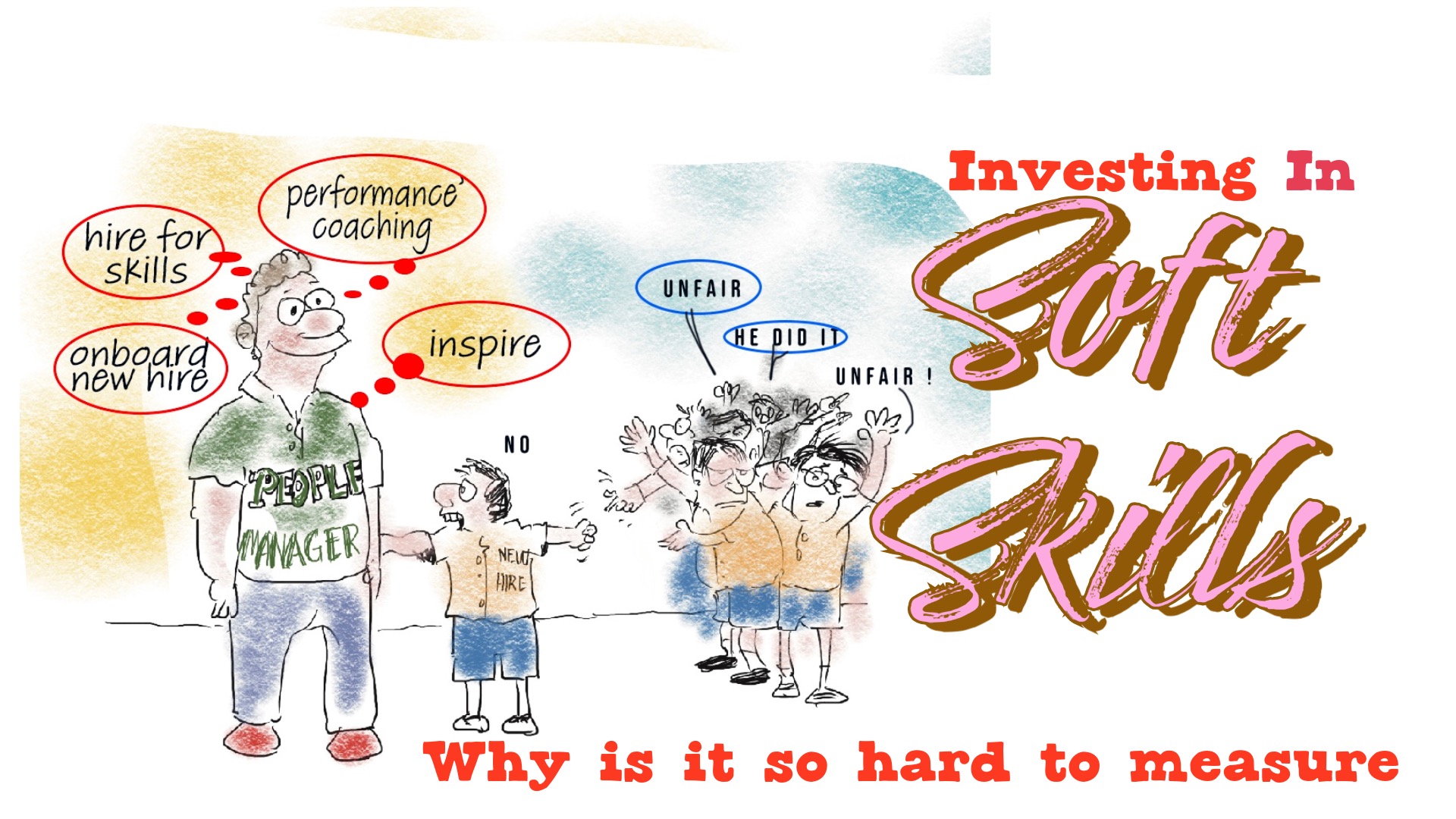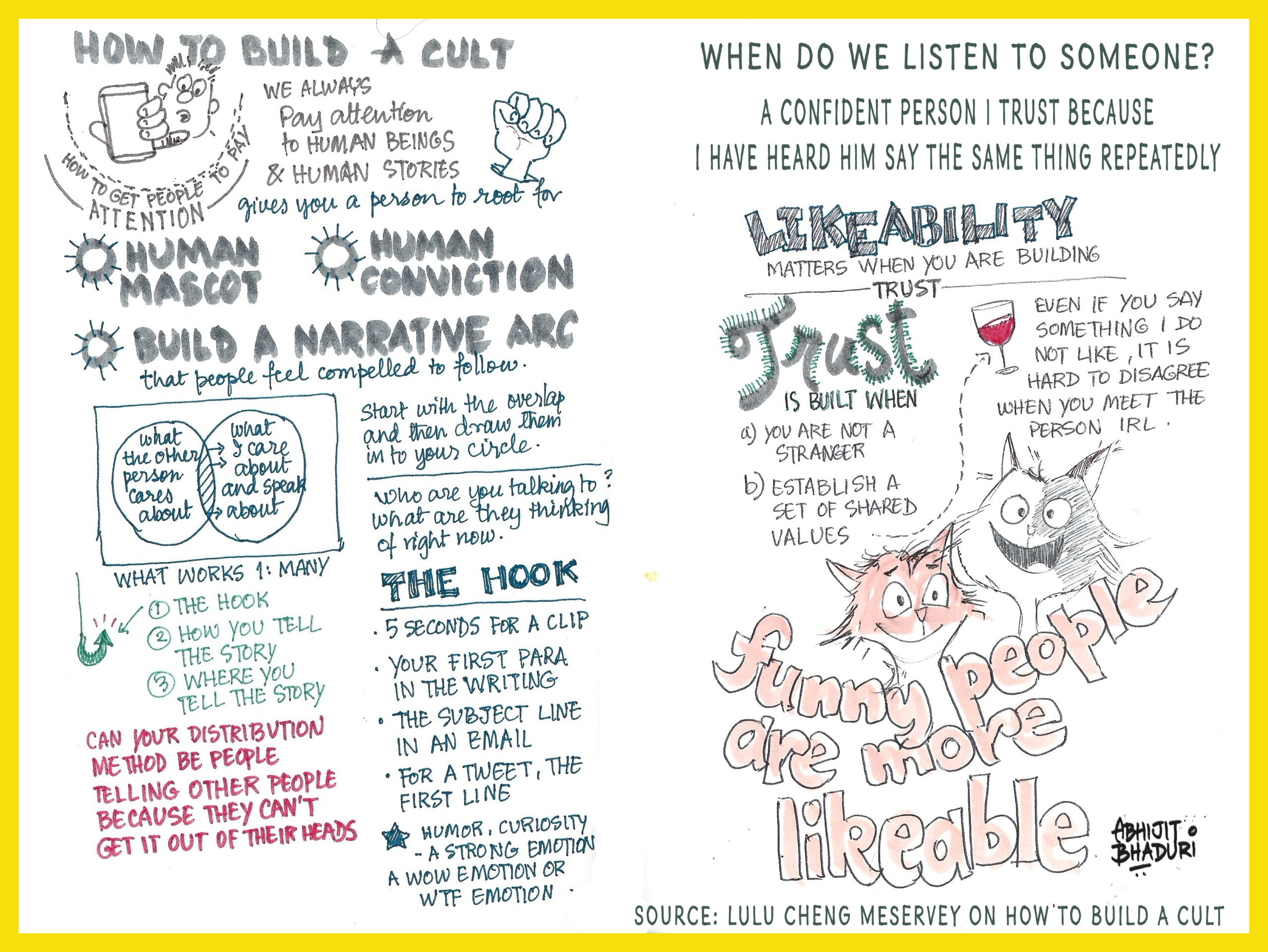
Every organization grapples with the same talent management challenges: How do we develop employees effectively, keep costs manageable, and prepare them for a rapidly changing future? This is the talent trilemma. And surprisingly, two seemingly unrelated concepts – Baumol’s Cost Disease and Moravec’s Paradox – offer valuable insights into this struggle.
The Rising Cost of Talent Development
Imagine you’re training a new employee. You need to invest time, provide personalized feedback, and maybe even offer mentorship. This process is inherently human-centric. While technology can help with some aspects, like delivering online courses, the core of development often involves face-to-face interaction and customized guidance. This is where Baumol’s Cost Disease comes into play.
Just like a string quartet still needs four musicians to play a piece, talent development often requires dedicated human effort. This means that as wages rise across the economy, the cost of developing employees also increases, even if the process itself doesn’t become more efficient. Think of it like this: a leadership development program today might involve the same format as one from decades ago, but the cost of expert facilitators and personalized coaching has likely gone up.
Read this: Higher Education faces a similar dilemma
Moravec’s Paradox: The Skills Gap
Now, let’s add another layer of complexity. Moravec’s Paradox highlights that skills we find easy (like understanding emotions or adapting to new situations) are surprisingly difficult to teach computers. This is crucial in talent development because while we can easily automate technical training, cultivating “soft skills” like leadership, empathy, and critical thinking remains a challenge.
Think of it like this: teaching an employee to use a new software program is relatively straightforward. But teaching them to lead a team, navigate conflict, or think creatively requires a different approach – one that often involves human interaction, experiential learning, and personalized feedback.
Navigating the Talent Trilemma
So, how do we solve this talent trilemma? By recognizing the limitations highlighted by Baumol’s Cost Disease and Moravec’s Paradox, we can adopt a more strategic approach:
- Embrace a Hybrid Approach: Use technology for tasks that can be automated, like onboarding or compliance training. This frees up resources to focus on human-centric development, like leadership programs or mentorship initiatives. Hopefully as AI agents become easier and cheaper to implement, some aspects of learning can be handed to AI.
- Invest in Experiential Learning: Recognize that soft skills require more than just online courses. Create opportunities for employees to learn by doing, through simulations, role-playing, and real-world projects.
- Prioritize High-Impact Development: Focus on developing skills that are critical for the future and difficult to automate, like critical thinking, problem-solving, and adaptability. Many of these require talent management experts to design and craft. It is not only about putting people through a classroom training. Or worse, watching a film about it. I have watched Bruce Lee’s fighting style forever. It has not taught me to be a martial arts fighter!
The Future of Talent Management
The future of talent management lies in finding the right balance between technology and human interaction. By understanding the economic forces that drive up costs and the inherent limitations of technology in developing human-centric skills, organizations can create a more effective and sustainable approach to talent development. It’s about orchestrating a symphony of learning where technology plays its part, but human connection remains the conductor.


